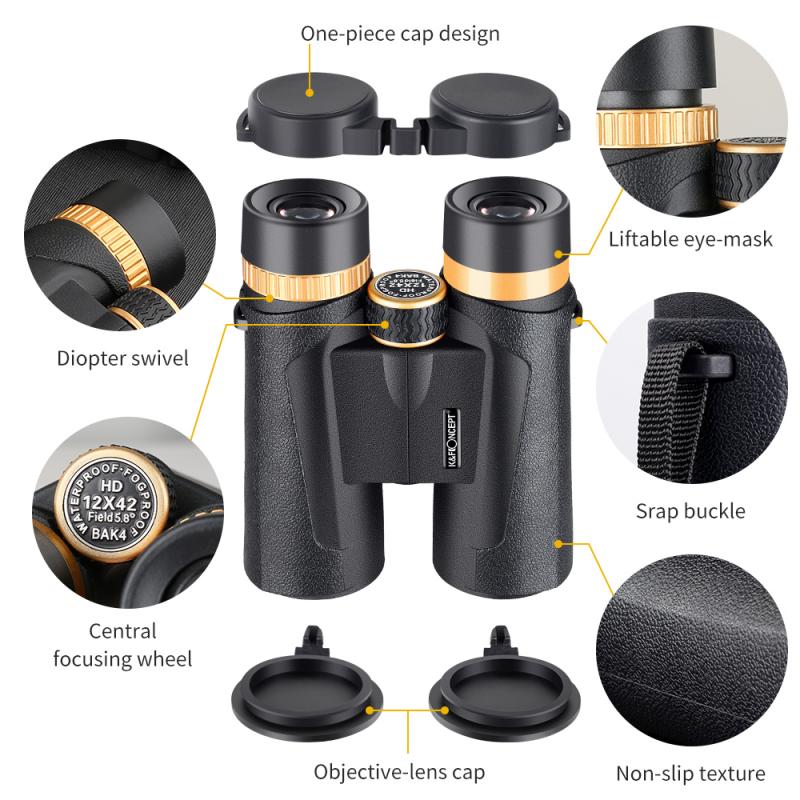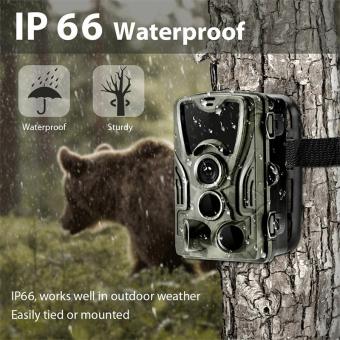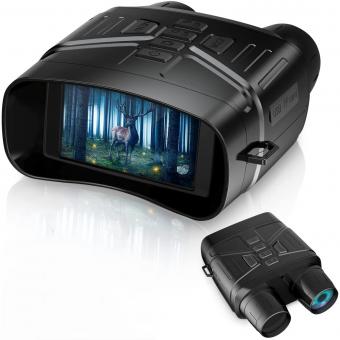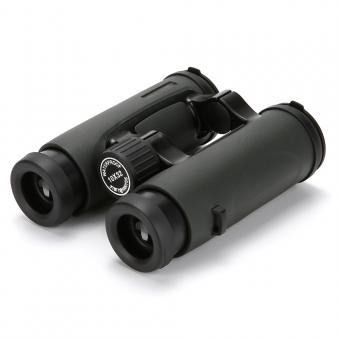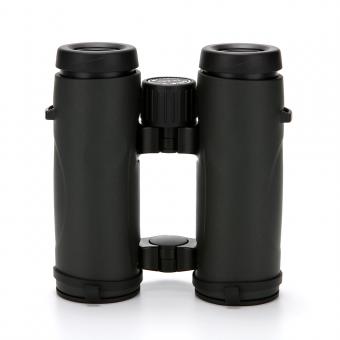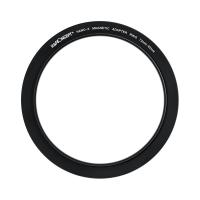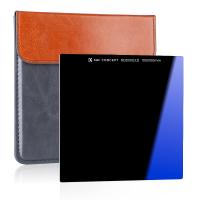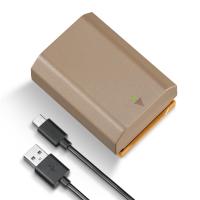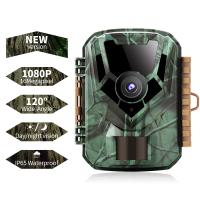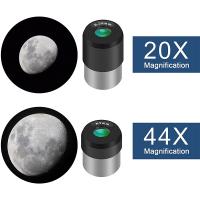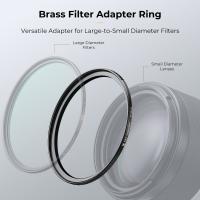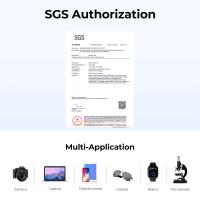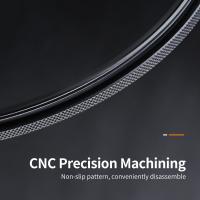Are 7x50 Binoculars Good For Stargazing ?
7x50 binoculars can be a good choice for stargazing. The 7x magnification provides a decent level of zoom, allowing you to observe celestial objects with more detail. The 50mm objective lens diameter allows for a larger amount of light to enter the binoculars, resulting in brighter and clearer views of the night sky. This can be particularly useful when observing fainter objects such as galaxies or nebulae. Additionally, the wide field of view provided by the 50mm lens diameter allows you to easily scan the night sky and locate different celestial objects. However, it's important to note that for more detailed observations of distant celestial objects, a telescope would be a better option.
1、 Magnification: 7x provides a good balance for stargazing.
Magnification: 7x provides a good balance for stargazing.
When it comes to stargazing, binoculars can be a great tool to enhance your viewing experience. They allow you to observe celestial objects with more detail and clarity than the naked eye. However, choosing the right binoculars for stargazing can be a daunting task, considering the wide range of options available in the market.
One important factor to consider is the magnification power of the binoculars. In the case of 7x50 binoculars, the number 7 represents the magnification power, which means that the objects you observe will appear seven times closer than they would to the naked eye. This level of magnification strikes a good balance for stargazing purposes.
Higher magnification binoculars, such as 10x or 12x, may seem appealing as they offer a closer view of celestial objects. However, they also have some drawbacks. Higher magnification binoculars tend to have a narrower field of view, making it more challenging to locate and track objects in the night sky. Additionally, they can be more difficult to hold steady, resulting in shakier images.
On the other hand, 7x50 binoculars provide a wider field of view, making it easier to locate and follow objects in the sky. They also tend to be more stable in hand, allowing for a steadier image. This is particularly important for stargazing, as it can be challenging to keep binoculars steady for extended periods.
Moreover, the 50mm objective lens diameter in 7x50 binoculars allows for a good amount of light gathering. This is crucial for stargazing, as it enables you to observe fainter objects and details in the night sky. The larger objective lens also helps to provide a brighter image, enhancing the overall viewing experience.
However, it is important to note that while 7x50 binoculars are suitable for stargazing, they may not be the best choice for all situations. If you are primarily interested in observing distant celestial objects, such as galaxies or nebulae, a telescope might be a more appropriate option. Telescopes offer higher magnification and better light-gathering capabilities, allowing for more detailed observations of these objects.
In conclusion, 7x50 binoculars can be a good choice for stargazing due to their balanced magnification power, wider field of view, and stable image. They provide a good compromise between magnification and ease of use, making them suitable for both beginners and experienced stargazers. However, it is important to consider your specific needs and preferences before making a final decision.
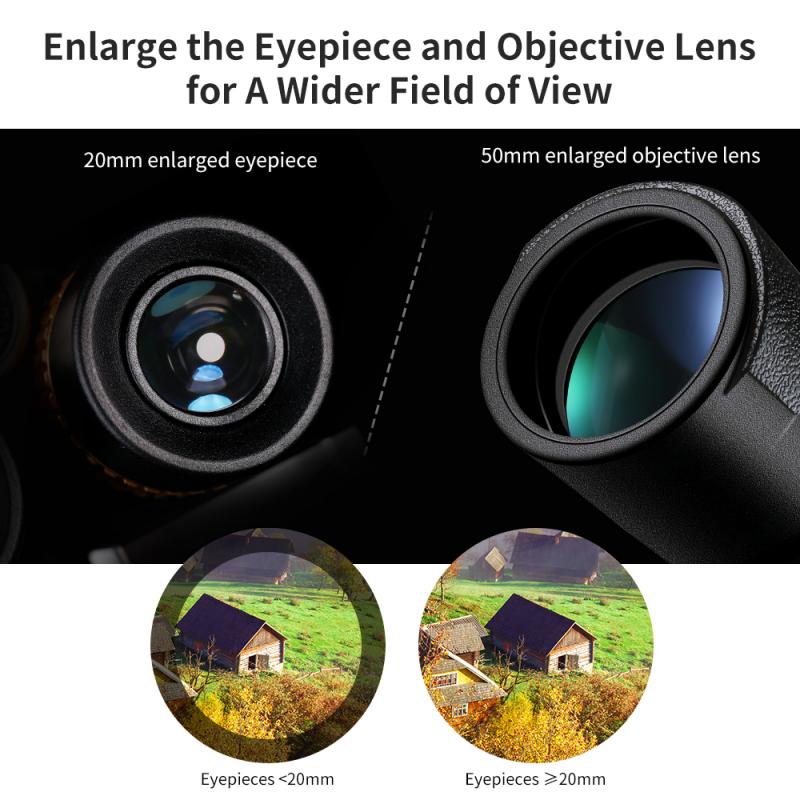
2、 Objective Lens Diameter: 50mm gathers enough light for stargazing.
Objective Lens Diameter: 50mm gathers enough light for stargazing. However, when it comes to stargazing, the general consensus among experts is that 7x50 binoculars may not be the best choice. While they can certainly be used for stargazing, there are other binoculars with larger objective lens diameters that are more suitable for this purpose.
The objective lens diameter of 50mm is considered decent for stargazing as it allows a good amount of light to enter the binoculars. This means that you will be able to see celestial objects with more clarity and detail compared to binoculars with smaller objective lenses. The 7x magnification is also suitable for stargazing as it provides a wide field of view, allowing you to observe larger portions of the night sky.
However, for serious stargazers or those looking to delve deeper into the wonders of the night sky, binoculars with larger objective lens diameters, such as 10x50 or even 15x70, are recommended. These larger lenses gather more light, resulting in brighter and more detailed views of celestial objects. They also offer higher magnification, allowing you to observe fainter objects and finer details.
Additionally, the stability of the binoculars is crucial for stargazing. Higher magnification binoculars can be more challenging to hold steady, and any slight movement can greatly affect the viewing experience. Therefore, using a tripod or stabilizing mount is highly recommended, especially when using binoculars with larger objective lenses.
In conclusion, while 7x50 binoculars can be used for stargazing and provide decent views of the night sky, they may not offer the optimal experience for serious stargazers. If you are passionate about stargazing and want to explore the night sky in more detail, investing in binoculars with larger objective lens diameters and considering stability options will enhance your stargazing experience.
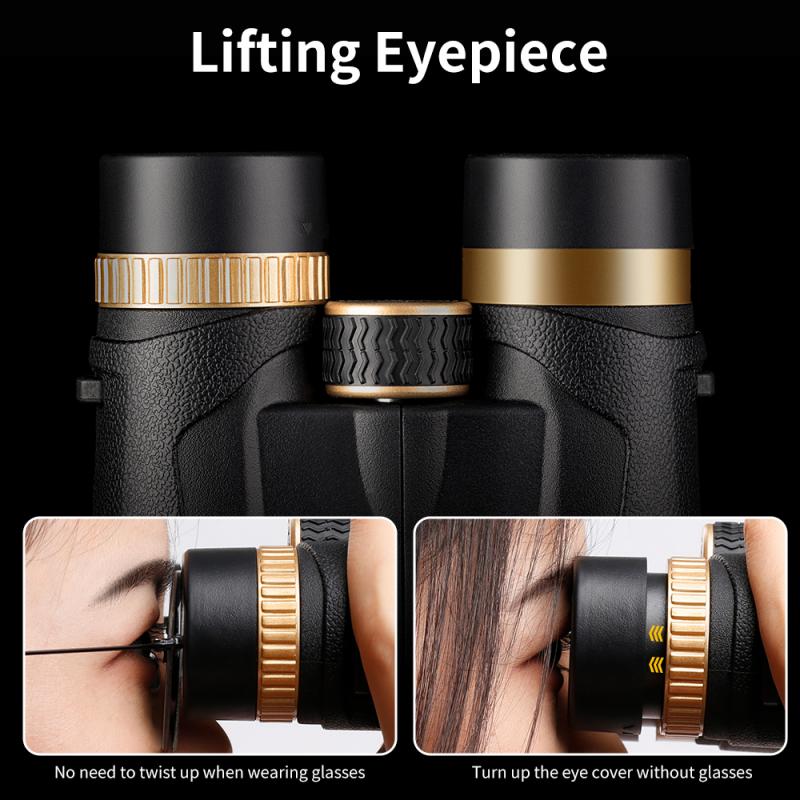
3、 Field of View: Wide FOV enhances stargazing experience.
Are 7x50 binoculars good for stargazing? The answer is a resounding yes! 7x50 binoculars are considered to be an excellent choice for stargazing enthusiasts. These binoculars have a magnification power of 7x, meaning that objects will appear seven times closer than they would to the naked eye. The 50mm objective lens diameter allows for a significant amount of light to enter the binoculars, resulting in brighter and clearer images.
One of the key factors that make 7x50 binoculars ideal for stargazing is their wide field of view (FOV). The wide FOV enhances the stargazing experience by allowing you to observe a larger portion of the night sky at once. This is particularly beneficial when trying to locate constellations, star clusters, or even planets. With a wider FOV, you can easily scan the sky and navigate between different celestial objects without constantly readjusting your binoculars.
Moreover, the 7x magnification power strikes a good balance between image stability and detail. Higher magnification binoculars may provide a closer view, but they can also be more challenging to hold steady, resulting in shaky images. The 7x magnification is generally considered to be more manageable and provides a stable view, allowing you to appreciate the finer details of celestial objects.
It is worth noting that technology is constantly evolving, and there are now binoculars with even higher magnification and larger objective lenses available on the market. However, 7x50 binoculars remain a popular choice among stargazers due to their versatility and excellent performance. They offer a great combination of magnification, light-gathering ability, and wide FOV, making them a reliable tool for exploring the wonders of the night sky.
In conclusion, 7x50 binoculars are indeed good for stargazing. Their wide FOV enhances the stargazing experience by providing a broader view of the night sky, while the 7x magnification strikes a balance between stability and detail. Whether you are a beginner or an experienced stargazer, 7x50 binoculars can be a valuable companion for exploring the celestial wonders above us.
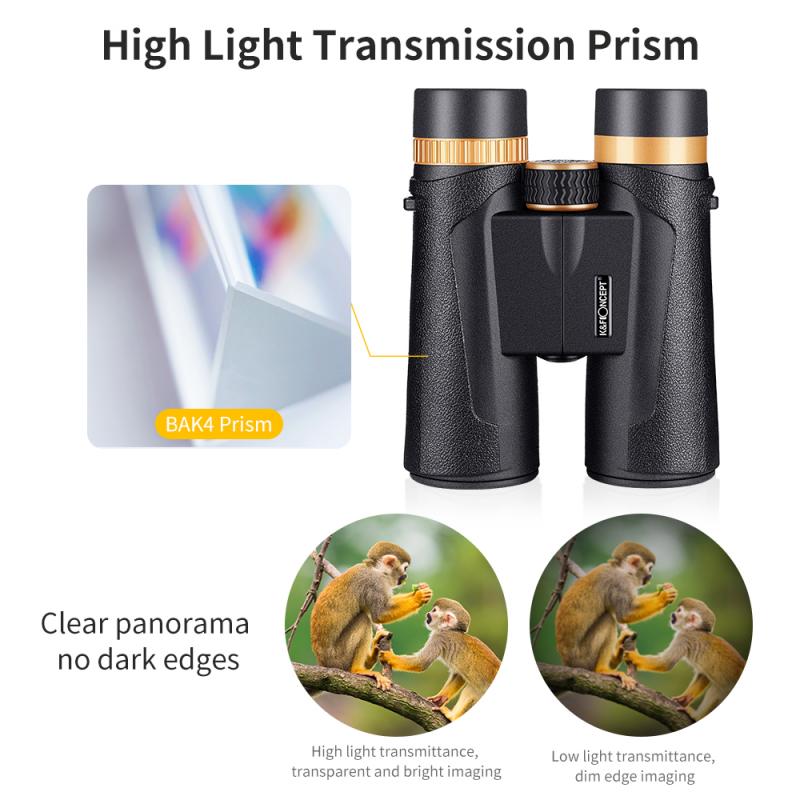
4、 Exit Pupil: 7.1mm exit pupil is suitable for low-light conditions.
Yes, 7x50 binoculars are generally considered good for stargazing. The first important factor to consider is the magnification power, which in this case is 7x. This means that the binoculars will make objects appear seven times closer than they would to the naked eye. This level of magnification is suitable for stargazing as it allows you to observe celestial objects in more detail without sacrificing too much field of view.
The second important factor is the objective lens diameter, which in this case is 50mm. The larger the objective lens, the more light it can gather, resulting in brighter and clearer images. This is particularly important for stargazing, as it often takes place in low-light conditions. The 50mm objective lens diameter of these binoculars allows for a significant amount of light to enter, enhancing the visibility of celestial objects.
Additionally, the exit pupil of 7.1mm is suitable for low-light conditions. The exit pupil is the diameter of the beam of light that exits the eyepiece of the binoculars. A larger exit pupil allows more light to reach your eyes, which is beneficial when stargazing in dark environments. The 7.1mm exit pupil of these binoculars ensures that a sufficient amount of light is transmitted to your eyes, resulting in brighter and clearer images.
It is worth noting that while 7x50 binoculars are generally good for stargazing, there are other factors to consider as well, such as the quality of the optics, the stability of the binoculars, and the overall design. It is always recommended to read reviews and consider the specific needs and preferences of the user before making a purchase.
